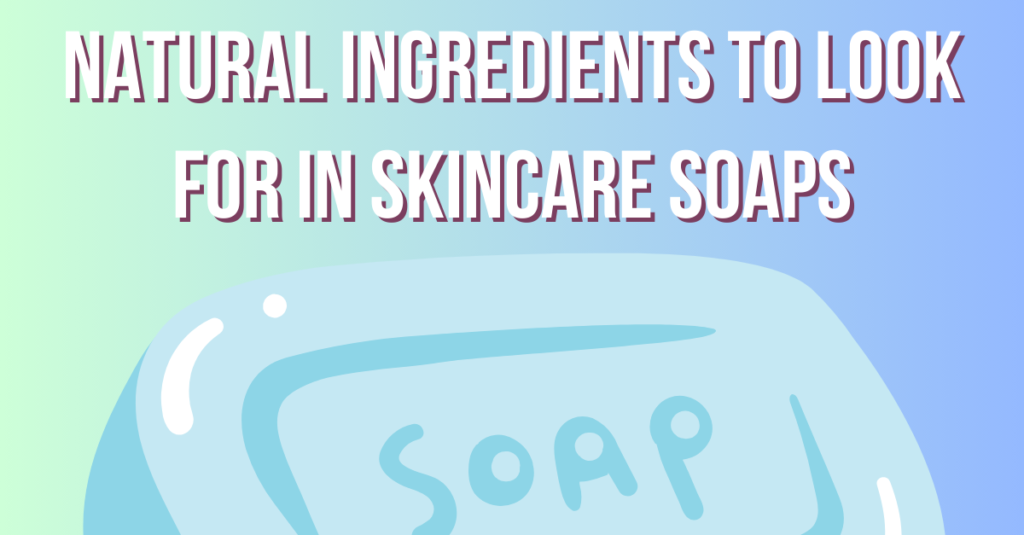The Truth Behind Peel-Off Masks: Do They Really Purify Your Pores?
Introduction
Peel-off face masks have emerged as a popular skincare trend, promising to cleanse pores and reveal a radiant complexion. These masks, adorned with tempting claims of pore purification and deep cleansing, have captured the attention of beauty enthusiasts worldwide. However, amidst the allure of these products lies a pressing question: do they truly deliver on their promises?
In this exploration of skincare efficacy, we delve into the truth behind peel-off masks. By dissecting their composition, examining scientific evidence, and scrutinizing expert opinions, we aim to uncover whether these masks are indeed a skincare marvel or merely a cosmetic facade. Join us on this investigative journey as we unveil the reality behind the allure of peel-off masks and discern whether they are worthy additions to your skincare regimen.
Understanding Peel-Off Masks: Composition and Mechanism

Before delving into their efficacy, it’s essential to grasp the fundamentals of peel-off masks. These masks typically contain a combination of ingredients such as polymers, adhesives, and various skincare actives like charcoal, clay, or fruit extracts. The formulation varies among brands, each claiming unique benefits ranging from pore refinement to skin brightening.
The mechanism of action of peel-off masks involves applying a thick layer onto the skin, allowing it to dry, and then peeling it off, purportedly lifting impurities, dead skin cells, and excess oil along with it. This process is marketed as a quick and easy solution for achieving clear, radiant skin.
Claims vs. Reality: Examining the Effectiveness
Peel-off masks tout a myriad of benefits, including deep cleansing, pore purification, and improved skin texture. However, the scientific evidence supporting these claims is limited and often conflicting. While some users swear by the transformative effects of peel-off masks, others remain skeptical, questioning their efficacy.
Studies investigating the effectiveness of peel-off masks in pore purification have yielded mixed results. While some have reported a reduction in pore size and sebum production post-application, others have found minimal improvement or even exacerbation of skin issues such as irritation and inflammation.
Furthermore, dermatologists caution against over-reliance on peel-off masks as a sole means of skincare. While they may provide temporary gratification by removing surface impurities, they are unlikely to address deeper-seated skincare concerns such as acne, blackheads, or excessive oil production.
Potential Risks and Side Effects
Despite their widespread popularity, peel-off masks are not without risks. The adhesive nature of these masks can potentially damage the skin barrier, leading to irritation, redness, and sensitivity, particularly in individuals with sensitive or compromised skin.
Additionally, the act of forcibly peeling off the mask can cause trauma to the skin, resulting in micro-tears and increased susceptibility to infection. Prolonged or frequent use of peel-off masks may exacerbate these issues, leading to long-term damage and impaired skin health.
Alternatives and Complementary Skincare Practices
While peel-off masks may offer temporary gratification, they should be viewed as one component of a comprehensive skincare regimen. Incorporating gentle cleansers, exfoliants, and hydrating serums tailored to your skin type can yield more sustainable results in the long run.
Furthermore, alternative skincare treatments such as clay masks, sheet masks, and professional facials offer viable alternatives to peel-off masks, providing deep cleansing, hydration, and nourishment without the potential risks associated with adhesive-based formulas.
Practical Tips for Safe and Effective Use
For those who choose to incorporate peel-off masks into their skincare routine, it’s essential to do so cautiously and mindfully. Here are some practical tips for safe and effective use:
- Perform a patch test: Before applying the mask to your entire face, test it on a small area of skin to check for any adverse reactions or sensitivities.
- Follow instructions carefully: Adhere to the recommended application and removal instructions provided by the manufacturer to minimize the risk of skin damage.
- Avoid overuse: Limit the frequency of peel-off mask application to prevent over-exfoliation and potential skin irritation.
- Hydrate and soothe: Follow up with a hydrating serum or moisturizer to replenish lost moisture and soothe the skin post-treatment.
Conclusion (The Truth Behind Peel-Off Masks: Do They Really Purify Your Pores?)
In conclusion, while peel-off masks may offer instant gratification in the form of a satisfying peel and a temporary improvement in skin texture, their long-term efficacy in pore purification and skin detoxification remains questionable. As with any skincare product, it’s essential to approach peel-off masks with a critical eye, considering the potential risks and benefits in the context of your individual skincare needs.
Ultimately, achieving clear, healthy skin requires a holistic approach that encompasses proper cleansing, hydration, exfoliation, and protection. By incorporating a diverse array of skincare practices and products tailored to your skin type, you can optimize your skin’s health and vitality, ensuring a radiant complexion that transcends the allure of quick-fix solutions.

My name is Rohit Vagh and I’m a content writer specializing in fashion and lifestyle. I have three years of experience in this field and have written various articles. My writing style is creative and engaging, and I strive to create content that resonates with my readers. I have a deep passion for fashion and am constantly researching the latest trends and styles to make sure my readers are up to date. I’m excited to continue my career in blogging, and I’m always looking for new opportunities in the fashion and lifestyle space.





